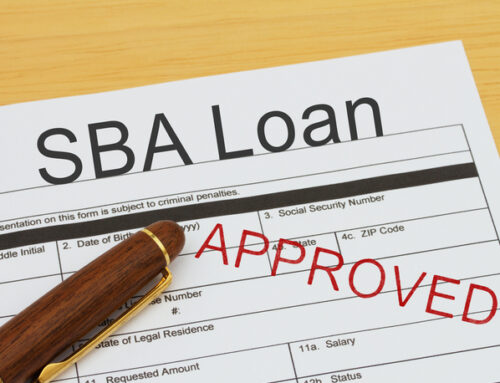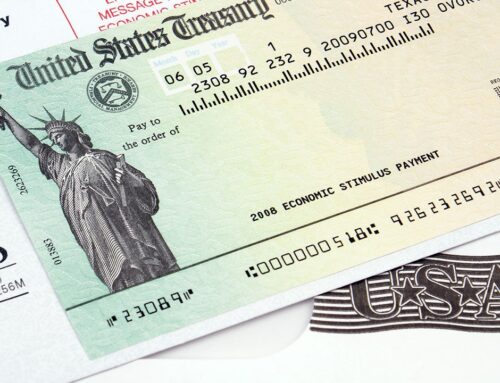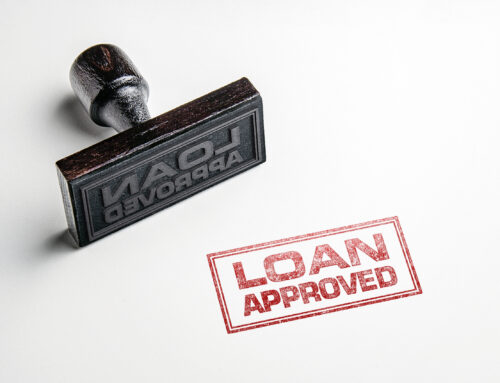Back-to-School Tax Tips
With the start of school just around the corner, taxpayers should be aware of the following tax breaks and deductions available for qualifying expenses.
Private School Tuition and School Uniforms
The cost of private school or parochial school tuition is not deductible. However, the child care component costs of private school tuition for children under 13 may qualify the taxpayer for a tax credit. School uniforms are also not deductible even if they are required.
Before and After School Care Can Be Deducted
For a child under the age of 13, the cost of before or after school care may qualify the taxpayer for a tax credit if it is a qualifying expense.
Tax Deductions for School Fundraisers are Limited
You are required to reduce your deduction by the market value of any goods or services received in return for your charitable donation.
Earnings in 529 Plans are Not Federally Taxable
The earnings in 529 plans are not taxable. The money grows tax-free and withdrawals are not taxable as long as the money is used for eligible college expenses.
Moving Expenses to Go to College are Not Deductible
Going away to college is not moving for a job and is not considered a moving expense deduction by the IRS. However, the expenses for moving from college for that first job may be eligible for the moving expenses deduction.
Use Tax-Deferred Accounts to Pay for Educational Expenses
You can use tax-deferred accounts (i.e., an Educational Savings Account) to pay for qualified educational expenses including books and computers for elementary, high school and college expenses.
Student Loan Interest is Deductible Above the Line
Student loan interest is generally deductible as an above the line deduction, meaning you do not have to itemize in order to claim the deduction. There is a student loan interest deduction of up to $2,500 for paying interest on a student loan used for higher education. The amount of the student loan interest deduction is gradually reduced if the taxpayer’s modified adjusted gross income is within a certain range.
American Opportunity Tax Credit
The American Opportunity Tax Credit can amount to $2,500 in tax credits per eligible student and is available for the first four years of post-secondary education at a qualified education institution. Up to 40% of the credit is refundable, which means that the taxpayer may be able to receive up to $1,000, even if they have no tax liability. Eligible expenses include tuition at an eligible institution, books and required supplies, but not room and board, medical expenses, insurance, etc. Income limits apply. The taxpayer is now required to have the 1098-T from the qualified educational institution to take the AOTC, and the credit has to be based on amount paid and not billed.
Lifetime Learning Credit
Up to a maximum of $2,000 credit for qualified education expenses paid for a student enrolled in an eligible educational institution. The credit is a nonrefundable credit of 20% of a maximum $10,000 in qualified education expenses. There is currently no limit on the number of years a taxpayer can claim the credit. Income limits apply. Please keep in mind, this credit does not allow for some of the items that are allowed for the AOTC. This credit is generally based on tuition and fees.
Tuition and Fees Deduction
The Tuition and Fees Deduction applies to qualified education expenses for higher education for an eligible student taking undergraduate, graduate or post graduate courses. The deduction gradually phases out after a certain income range. There is no limit to the number of years the credit can be claimed.
Information from accountingtoday.com was used in this blog post.







